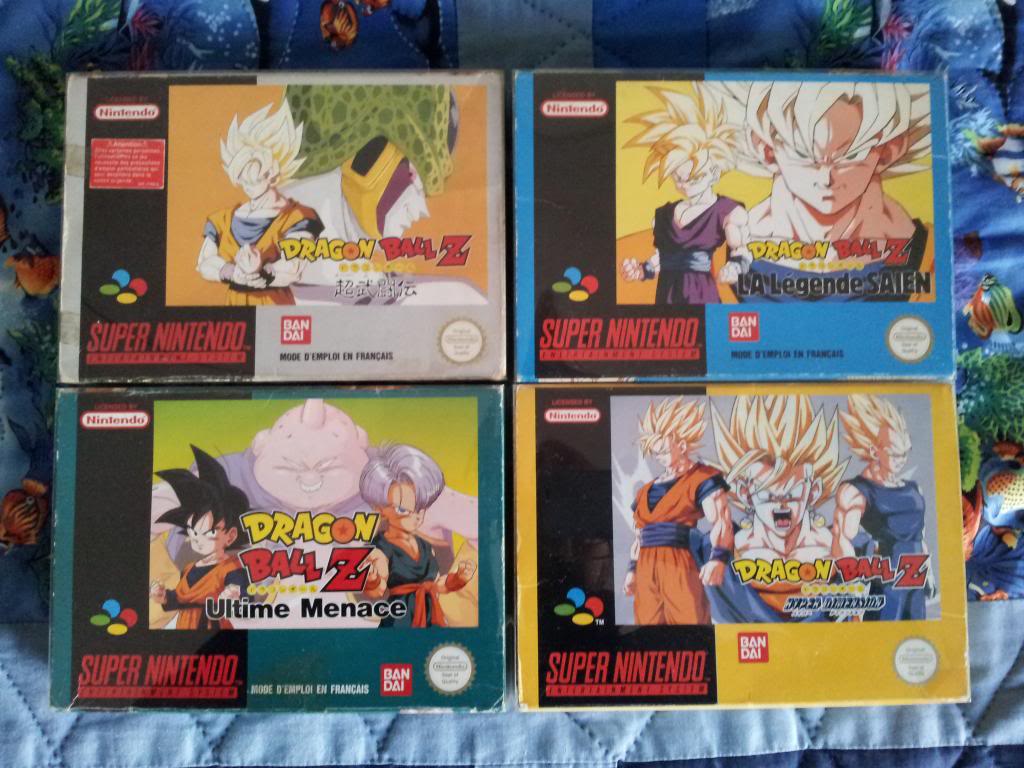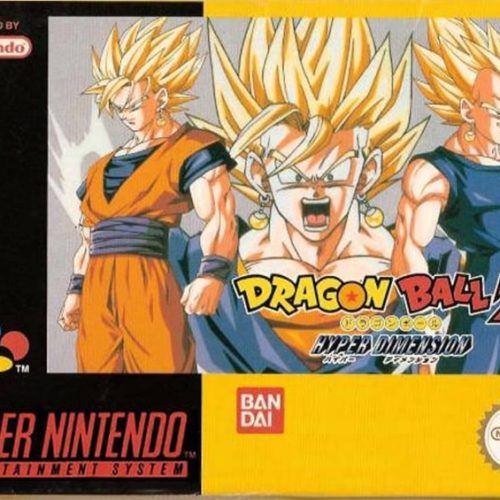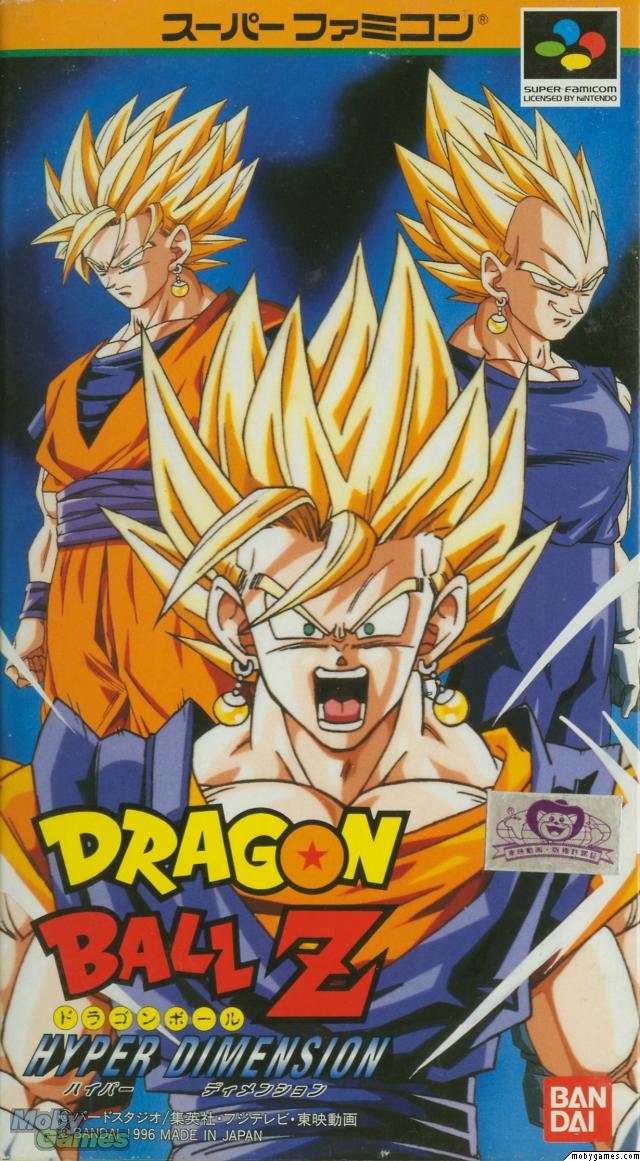
I’ve put them throughout the page for your browsing pleasure. So even if you’re a person into the understated grey, you can still have a bit of flair with the different sticker options. But it breaks down further than colors because the logos and designs of the stickers are different too. The grey blends more naturally and the red is a whole ass conversation starter. However, you also have a chance to opt for a beautiful transparent red shell. There is, by default, the classic Nintendo cartridge grey. I just love the fact that across the Krikzz and Stone Age Gamer sites there is more than one option. It seems to be that the body shape was predetermined long ago. Such as, that’s right, the design options. Colors. Ok, let’s just get the obvious things out of the way first.Does not support any other special chip games. Supports the following enhancement chips: DSP-1, DSP-1A, DSP-1B, DSP-2, DSP-3, DSP-4.OS supports up to 1000 files per folder.SDHC/SDXC MicroSD cards support up to 128GB.Improved EverDrive menu (compared to previous super-ed generations).‘Ever dream of having your whole library of SNES or SFC games in a single cartridge? The Super EverDrive allows you to load your game back-ups (commonly known as ROMs) on a microSD card, put the SD card into the Super EverDrive, put the Super EverDrive into a SNES or Super Famicom and have your list of games at your finger tips.’ Features: Alright, enough jibber-jabber, on with the show! Unboxing Video: I’ll likely only have Japanese games on it in the long run, but don’t worry, I tested all regions of games in both my NTSC-U SNES and my NTSC-J Super Famicom.

I primarily bought it for my Japanese Super Famicom I got when I attended E3 a few years back. We’ll talk about its features, pros, cons, and if I think you should get one.

So today, I’ll share with you my experience using the Super Everdrive X6. But alas, every video game console operates differently. The majority of the stages featured are multi-tier, requiring a specific combo to be executed to knock the opponent into another screen.Ĭharacters are also able to perform background attacks and replenish their health.The Everdrive has been a consistent treat for me whenever I encounter one I haven’t used before. The opponent, helpless in the air, could then be finished with a Spirit Bomb (Genki-Dama). For example, in Goku's desperate move, he can power up, perform his teleportation technique (Shunkan-Idôs), does a combo, transforms into Super Saiyan 3 and performs his Super Dragonfist move (Ryū-ken). Each character has a desperate move which can be used when their life bar is low (i.e when it is flashing).

What makes this addition different to previous 16-bit Dragon Ball Z fighters is the inclusion of the 'desperate move'. It was released on February 1997 and its Story Mode was completely disabled due to the lack of translation.

Like some previous installments of the franchise for the Super Famicom, Hyper Dimension was translated and released in some European countries (France and Spain). While most of the story mode goes through key battles from the "Majin Buu Saga", it starts with a loose retelling of the battles against Frieza and Cell. The game's roster features ten playable characters from the Dragon Ball Z storyline, most of which are based on their later "Majin Buu Saga" versions (the only outliers being Frieza and Cell).
#Dragon ball hyper dimension pal series
The last game based on the Dragon Ball manga and anime series to be released on fourth-generation video game consoles, Hyper Dimension altered the formula of its previous fighting games by emphasizing faster close-quarters combat and adding more traditional fighting game mechanics (such as the "desperation attack" system and the Real Bout Fatal Fury "oversway" system). Dragon Ball Z: Hyper Dimension is a 2D sci-fi fantasy fighting game developed by TOSE and published by Bandai for the Super Famicom exclusively in Japan on March 29, 1996.


 0 kommentar(er)
0 kommentar(er)
